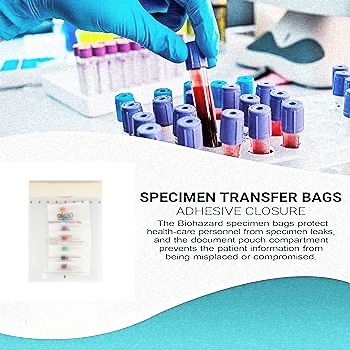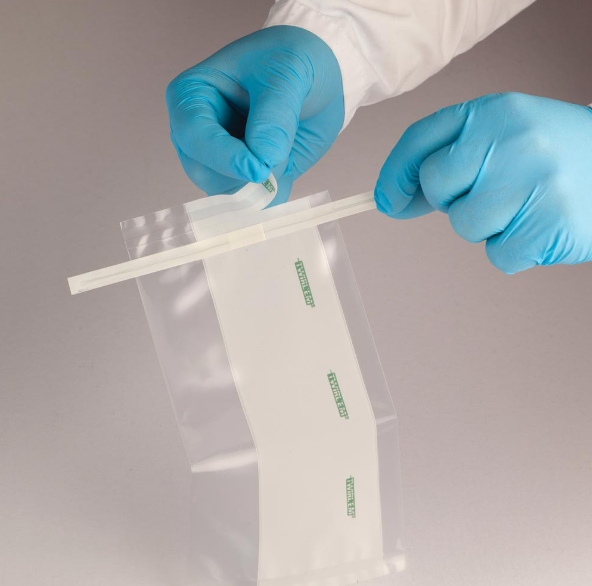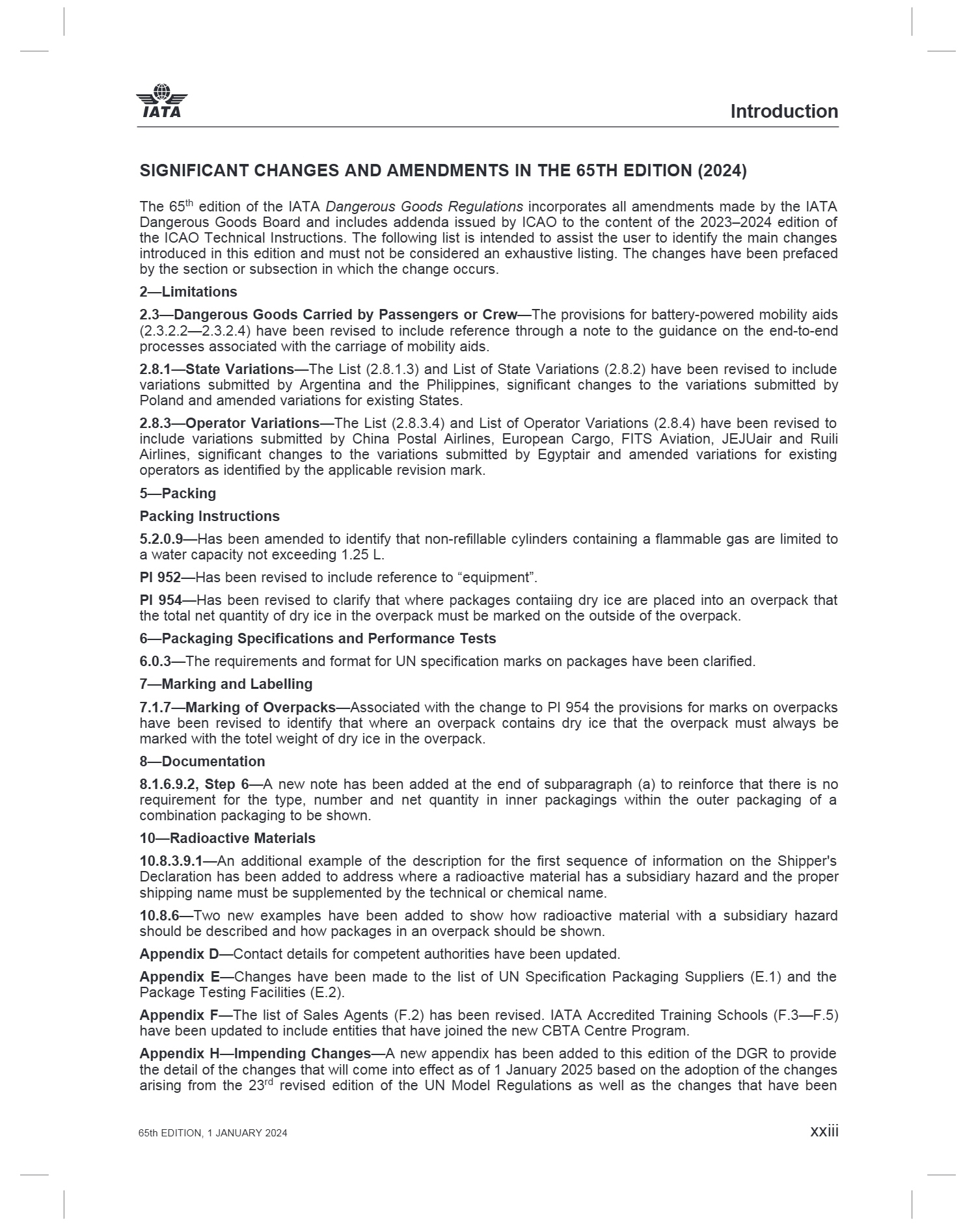
Packaging of Biological Specimens
Packaging of biological specimens is a critical step in protecting specimens from external environmental influences during transportation, maintaining their stability and integrity. The primary purpose of packaging is to protect specimens from adverse factors such as temperature, humidity, light, and vibration.
- a) Selection of Packaging Materials: Different types of biological specimens require different packaging materials. For example, fragile glassware should be protected with foam padding and bubble wrap to prevent breakage during transportation. Samples that need to be kept cold, such as nucleic acids and proteins, should be packaged with thermally insulating packaging materials and cooled with dry ice or ice cubes placed inside.
- Determining the Packaging Method: The packaging method should be determined based on the specific characteristics of the specimen and transportation requirements. Generally, packaging should ensure that specimens do not collide, collide, or leak during transportation. Liquid specimens should be packaged in well-sealed containers with clear warning labels to prevent accidental leakage. Solid specimens, such as tissue blocks and cells, should be secured with shock-absorbing materials to prevent displacement or damage during transportation.
- Complete Packaging Labeling: Packaging labeling is an essential step in the biological specimen packaging process. The main contents of the label include the sample name, number, quantity, destination, and special requirements. This information helps to identify and track the sample during transportation and to trace and resolve any problems. Therefore, the accuracy and completeness of all labeling information should be ensured during the packaging process.
2. Transportation of Biological Samples
Transporting biological samples is a complex and delicate process, requiring comprehensive consideration of multiple factors to ensure the safety and integrity of the samples.
- Choosing a Transportation Method: Biological samples can be transported using a variety of methods, including express delivery, logistics, and private transportation. Choosing the appropriate transportation method should be based on a comprehensive consideration of factors such as sample type, quantity, destination, and transportation time. For example, for samples that require rapid delivery, express delivery or private transportation can be chosen; for samples with larger quantities and distant destinations, logistics can be chosen. Furthermore, the reputation and service quality of the transportation company should be considered when selecting a transportation method to ensure that the samples arrive safely and promptly at their destination.
- Controlling Transportation Conditions: Biological samples require specific temperature, humidity, and light conditions during transportation. Therefore, before transportation, it is important to thoroughly understand and adhere to the sample storage requirements and develop an appropriate transportation plan. For example, for samples that need to be kept cold, use packaging materials with thermal insulation properties, and regularly monitor temperature changes during transportation. Light-sensitive samples should be packaged with light-blocking materials. Furthermore, extreme vibration and impact should be avoided during transportation to prevent damage to the samples.
- Managing transportation time is also a significant factor affecting the quality of biological specimens. Sample transportation should be minimized to minimize environmental impacts. Therefore, when selecting a transportation method and company, prioritize those that offer rapid delivery and minimize transfers. Furthermore, the sample’s status should be tracked in real time during transportation to ensure timely arrival.
- Transportation records are crucial documents for the transportation of biological specimens. They document information such as the sample’s transportation time, method, conditions, and any anomalies. Maintaining a complete transportation record facilitates tracing and resolution of any issues and provides a reliable basis for subsequent experimental research. Therefore, the transportation record form should be carefully completed and the relevant documents properly stored during transportation.
3. Challenges and Countermeasures in Packaging and Transportation for Biobanks
Challenges
- Diversity and Complexity: Biological specimens vary widely, and each requires unique packaging and transportation requirements, increasing operational complexity and difficulty.
- Temperature Control: Maintaining a stable temperature during transportation for specimens that require low temperatures is a challenge.
- Regulatory Compliance: The transportation of biological specimens must comply with relevant laws and regulations, such as the Good Distribution Practices for Pharmaceuticals and the Regulations on the Supervision and Administration of Medical Devices, increasing compliance requirements.
Countermeasures
- Standardized Operations: Develop standardized packaging and transportation procedures to ensure that each specimen is properly handled.
- Advanced Technology Application: Utilize advanced temperature control technology and monitoring equipment to ensure that specimens maintain a stable temperature during transportation.
- Professional Training: Provide professional training to personnel involved in biological specimen packaging and transportation to enhance their professional competence and operational skills.
- Enhance Regulatory Learning: Organize relevant personnel to study relevant laws and regulations to ensure that the transportation process complies with legal requirements.



